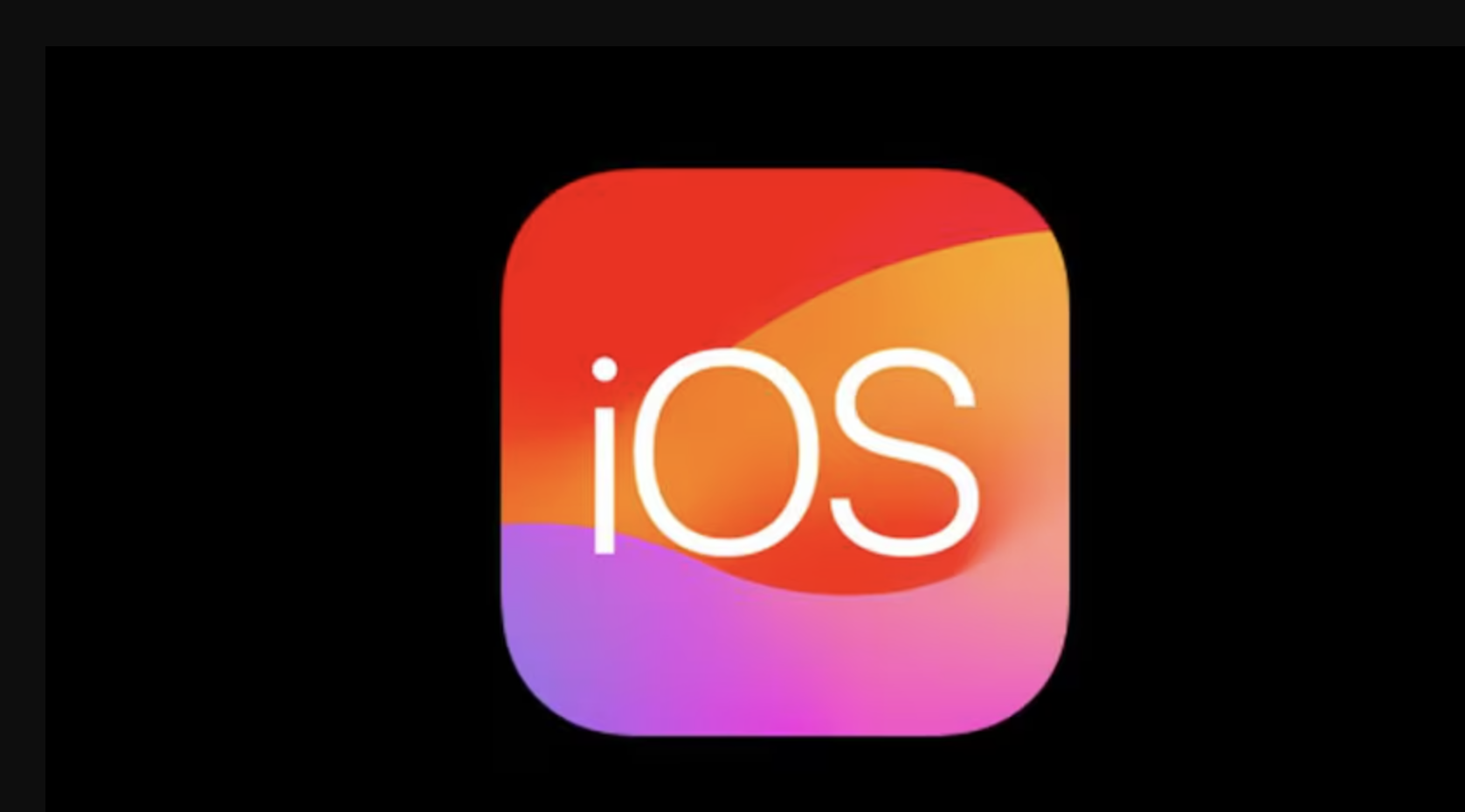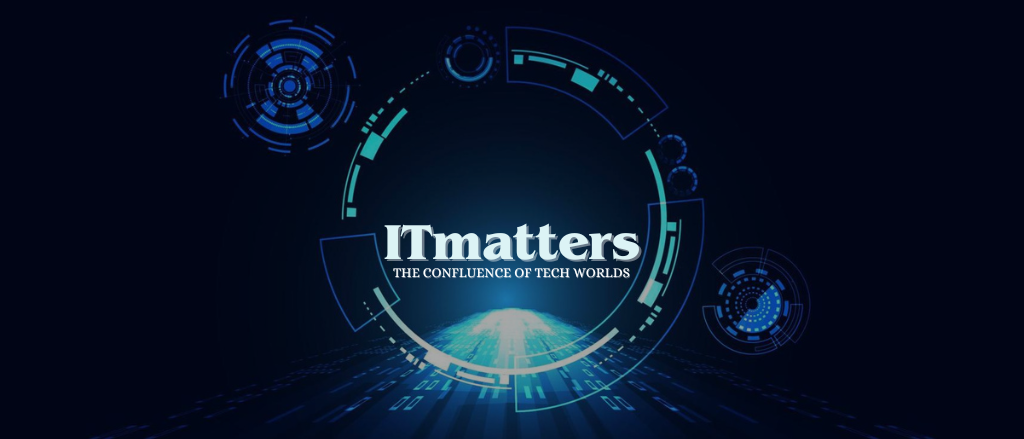
Apple May Rebrand iOS as iOS 26 in 2025
Apple is reportedly preparing to overhaul how it names its operating systems. According to Bloomberg, the company plans to adopt a year-based naming format starting in 2025, aligning all its platforms under one consistent structure.
The move could replace iOS 18, expected this year, with iOS 26 next year. This change would reflect the last two digits of 2026, similar to how Microsoft Windows 95 or auto industry models like the ‘57 Chevy adopted year-linked branding.
From Confusion to Consistency
Bloomberg’s sources, who remain unidentified, suggest the change is meant to eliminate confusion across Apple’s ecosystem. Currently, the naming is staggered. iOS 18, WatchOS 12, MacOS 15, and VisionOS 2 are all set for 2024 releases, yet they don’t share a coherent versioning system.
Under the new system, Apple would roll out iPadOS 26, MacOS 26, WatchOS 26, TVOS 26, and VisionOS 26 in 2025. This would not only unify the brand but also make it easier for users to understand which versions are current.
The year-based naming approach is not new to the tech industry. Both Microsoft and Samsung have used it before. What’s interesting is how Apple is now moving toward a model that mirrors the automotive world, where product releases are often branded a year ahead.
Not All Products May Follow
While the operating systems are expected to adopt this new format, iPhones may not. The Bloomberg report did not mention a similar change for the iPhone lineup. The iPhone 16 was released in February, and the iPhone 17 is expected in September. So far, there’s no indication that Apple will rename it to iPhone 26.
This signals that the company is keeping its hardware and software branding distinct, at least for now. It’s possible that the iPhone’s naming convention, already deeply established, might remain untouched to avoid market disruption.
WWDC 2025 Could Reveal More
Apple is likely to announce this branding shift at its upcoming Worldwide Developers Conference on June 9. Alongside the name change, Apple is expected to showcase more cohesive user interfaces across all its platforms.
If implemented, this will mark one of the most notable changes in Apple’s software branding history. It reflects not only a desire for uniformity but also an acknowledgment of how users engage with ecosystem-wide updates.
This strategic move may help Apple future-proof its platforms. A uniform naming system creates clarity, especially as users continue to juggle multiple Apple devices. The simplification could also ease software education and technical support.
With WWDC around the corner, users and developers alike will be watching to see if Apple makes this bold transition official.
